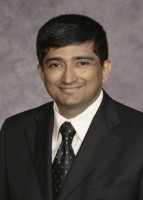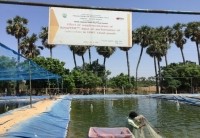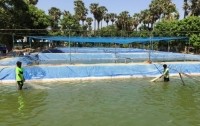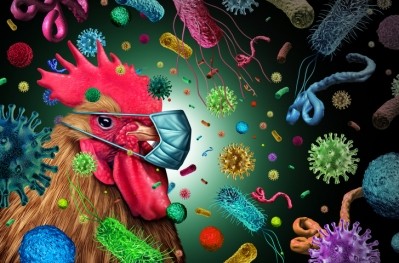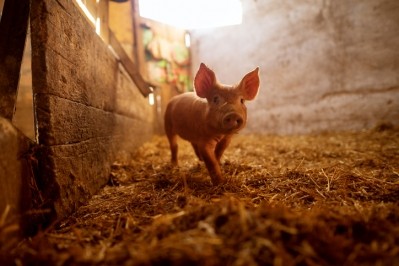Kemin predicts 'serious contribution' from aquaculture within five years
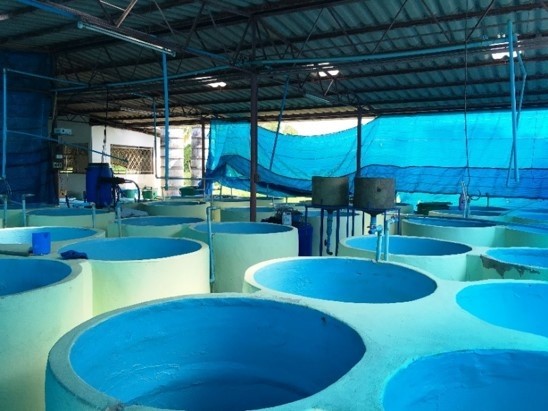
The Iowa-based ingredients firm first revealed plans for the new division Kemin AquaScience (previously known as AquaKulture) back in April at the World Aqua Culture Symposium in Taiwan.
Speaking to FeedNavigator at Kemin's feed safety conference in Belgium this week, GS Ramesh, group president for animal nutrition and health at Kemin, said: “As we set this up, we expect a serious contribution from this business.”
“Aquaculture business for Kemin currently represents about 4-6% of the animal nutrition and health divisional revenues. We expect it to contribute 18-20% of the total animal nutrition and health revenues in the next five years. ...That is quite significant,” Ramesh said.
He said Kemin expected farmed aquaculture to grow quickly in the coming years as sustainability pressures mounted and the market demanded a shift away from wild-catch.
Setting up a dedicated, centralized aquaculture division put Kemin in a strong position to cater to this, he said, because globally aquaculture was “very consolidated”. The division, therefore, enabled coordination with major global fish and shrimp producers but also outreach work with smaller farms across important production regions like Southeast Asia.
Starting with shrimp and salmon
Kemin's focus under the AquaScience division would start with farmed shrimp and salmon, Ramesh said, both in product development terms and research focus.
Research into shrimp would be conducted at Kemin's research lab in India, he said, and collaboratively with aquaculture research institutions in Thailand. Fish research would happen in China at a new, dedicated company research facility to be established in Q2 2019, as well as through partnerships with universities in China and Europe, he said.
“Animal trials or in vivo trials in aquaculture are not easy but universities dedicated to this are heavily invested and we have a lot of academic knowledge and commercial knowledge, so partnerships can be very strong,” Ramesh said.
Asked what type of products Kemin would be producing for the aquaculture sector, he said: “To start with, we're clearly focused on areas where we can increase nutritional uptake; in platforms like disease management, water quality, feed quality, raw material quality, and better immunity. These are our core areas of competence as well.”
Disease management, however, would take center stage because it was a significant challenge for shrimp and fish farmers, Ramesh said.
“It's the nature of [aquaculture] farming – it's intense,” he said. “Part of the intense nature of this farming is that there are controls that are difficult in a pond. Disease outbreak can kill 70% of the population very quickly.”
Disease management and preventative health, therefore, became an extremely important aspect of aquaculture farming, he said. Shrimp in particular had an immune system that was not particularly well developed, he said, and so immune support in this species helped bring down the disease challenge for producers.
Kemin's algae-derived beta-glucan, for example, had shown “very, very positive” results in managing immunity in aquaculture, so part of the division's goal would be to upscale use of this ingredient.
The technology to develop algae-sourced beta-glucan was acquired from US startup Algal Scientific in March, last year.
More acquisitions to come?
Asked if there were any aquaculture acquisitions in the pipeline, Ramesh said: “We're looking at several opportunities, of course.”
Kemin's approach to business growth, he said, relied on 80% organic and the rest from partnerships or acquisitions. However, he said any future aquaculture partnerships or acquisitions would be less about market share and more about technology, unique techniques or new segments.
“The key for us and any partnership or strategic alliance is that the technology is differentiated (…) We do not necessarily look at market share acquisitions, we look at technology and how we could take it to the market.”
